He sings, he studies, he's a two-time Olympic winner. He's a rare, fascinating man
George De Carvalho para a Sports Illustrated Magazine, 31/08/1959.
Now in Chicago for the 1959 Pan American Games, Brazil's Adhemar Ferreira da Silva gets a wifely boost with every change of socks. Judging by his past record he will go ahead to win—for Elza and Brazil—his offbeat, exacting, athletic specialty: the hop, step and jump—the longest leap in sports.
Known to all Brazil as Kangaroo, the lithe, long-legged Adhemar is probably the finest natural hop-step-and-jumper ever born. The first time he ever tried it he did 37 feet 5 inches. He's won the event in the last two Olympics, and he has set both Olympic and world records. Best athlete in Brazilian history and one of the world's alltime champions, Adhemar is easily the brightest star of all the Latin Americans at Chicago.
He's also a nice, easygoing guy who always totes his guitar to track meets. He sings in 10 languages—anything from sambas to Schubert—and enlivens postmeet parties with all-night song sessions. Then he goes to morning Mass. He's made friends from Moscow to Modesto, Calif., and still gets letters postmarked Melbourne and Helsinki from people he met at the last two Olympics. "I guess I was just born lucky," he says.
Actually, he was born dirt-poor, got nowhere in sports until he was 21, works hard at two jobs to bring up his kids and studies pre-law courses at night. Whenever he takes time out for a track meet abroad he must cram at night—sometimes until dawn—to catch up on classwork. With his responsibilities and years—he'll be 32 on September 29—his participation in sports requires genuine personal sacrifice. Asked why he keeps it up, Adhemar flashes a bright grin. "Pour le sport," he says, shrugging. "And for fun."
An unalloyed amateur in the classic Olympic sense, Adhemar has one real grievance: the Soviet Union's subsidized athletic system. "The amateur code is rigidly applied in the West," he says, "but it's flagrantly violated by the Soviet Union".
"I've got nothing against the Russians, and I'm not sorry for myself, but all amateur athletes feel the same way. Russian athletes are paid and pampered. They have the finest of facilities, full time to train and no worries about money. I can't afford time for training. I can't afford steak, let alone vitamins or high-protein pills."
Grinning, he adds, "But, man, how those Russian athletes sweat and suffer to win glory for the old Red flag! They're so afraid to lose, that sometimes they get too keyed up and can't win. I've seen it happen. Me, when I hit the track I've got no worries about Siberia."
COMPLEX-FREE BRAZIL
In Brazil, which is one of the most tolerant nations on earth, Adhemar, a Negro, was brought up free from discrimination. "Complexes never took hold of me," says he. "I was a happy-go-lucky Brazilian kid. I never felt poor or oppressed or different. My folks worked hard, and we always managed to get by."
His father, Antonio Ferreira da Silva, worked on the old São Paulo railway, retiring on a pension recently after 31 years. His mother, Augusta, took in washing and mending. When Adhemar was 7 they bought a small São Paulo house with a big garden. In Brazil's benign climate they grew fruits and vegetables the year around—avocados, pineapples, oranges and papayas. "It was a struggle every month to pay off the mortgage," says Adhemar, "but I sure loved that house." Recently he had it renovated for his folks.
As a kid Adhemar helped his mother deliver washing or worked in the yard and fed the chickens. His mother taught him the alphabet before kindergarten, sent him to a Christian Brothers' school and later to São Paulo Technical School. "He was born good and grew up even better," his mother says.
As a lanky teen-ager, guitar-playing Adhemar entered every radio amateur contest he heard of and won them all. He dreamed of musical fame. Instead fame came in sports—the hard way. As the star of the neighborhood soccer team, he tried out in 1947 for the big, top-ranking São Paulo Futebol Clube. He didn't make the team, but he impressed the club's track coach, German-born Dietrich Gerner, who has been his mentor ever since. "Ballerinas practice in a room filled with mirrors to watch how they're doing," says Adhemar. "Gerner is my mirror."
Then 19, Adhemar was a model of a perfect track-and-field physique—all legs (3 feet 6½ inches of his 5-foot 10-inch height) and long, hard, supple muscle, but he flopped at everything he attempted.
"I tried him in the 100-meter dash," says Gerner. "I tried him in the high jump. I tried him in the broad jump. I tried him at the distances. After nearly two years, I'd just about lost hope. Then he tried the hop, step and jump and went 11.40 meters [37 feet 5 inches]. That's great for the first time, and I couldn't believe it. But I remeasured it myself and, by God, it was 11.40. From then on he just leaped to glory."
"O SALTO TRIPLICE" [sic - TRIPLO]
Daily, after practice sessions, Adhemar bragged to the folks at home about his hop, step and jumps (or, in Portuguese, o salto triplice—the triple jump). He did 12 meters, then 12.40 and within three months 13 (42 feet 7¾ inches). "We didn't know what he was doing or what he was talking about," says his mother. "He was happy; that's all we knew. We never did see him do the hop, step and jump until after he became the world champion, and then we got so curious we had to go watch." Says Adhemar: "After trying so long, it was wonderful to be good at something."
The hop, step and jump is the most demanding of the jumping events, possibly excepting the pole vault. It requires utmost balance, flexibility and thrust—not for a single jump but for a flying series of three. Other jumpers, after their take-off, land in a cushion of sand or sawdust, but the triple jumper gets a triple jarring: after his take-off he lands twice with a fearsome thud on the hard track before finally hitting the soft pit. It's hard on sinews, muscles and bones—and often disabling. The only other Brazilian to approach the classic 16-meter mark (52 feet 5 7/8 inches)—Helio Coutinho da Silva (no relation), who did 15.99 in 1951—broke his leg on his next try.
Adhemar hops off with a powerful push of his right foot, lands on that foot (usually out 19 to 20 feet or more), immediately takes a long step (a 14-to 15½-foot step) to the left foot, and then jumps off that left foot (another 16¾ to 17½ feet) before landing on both feet in the pit. "I'm a donkey at math," says Adhemar, "but on a jump I can figure it down to the centimeter by feel."
As an athlete, according to Coach Gerner, "Da Silva's greatest asset is his formidable sense of equilibrium." To Adhemar, a jump is a fascinating mechanical problem, in which "the muscles work like springs and levers. You've got to have perfect control and, of course, your muscles must perform just right. If the weather is off, or you sleep badly, or you ate the wrong thing—well, that's what makes an athlete lose. But with physical conditions equal, it's control that counts."
Adhemar had just discovered the hop, step and jump when he made Brazil's 1948 Olympic team. It was his first trip outside Brazil, or even São Paulo. In London he felt like a stranger. He was tongue-tied and lost, and he never even made the final round. In 11 years since, he's won them all, repeatedly—World University Games, South America Championship, Pan American Games and Olympics.
He tied the world record in 1950, broke it in 1951, broke it again, twice, in 1952, and broke it again in 1955. He won the hop, step and jump at the first Pan American Games ever held, at Buenos Aires in 1951, retained his title at Mexico City in 1955, and is odds-on to win it a third time next Wednesday at Chicago. He won at the Olympics at Helsinki in 1952, at the Olympics at Melbourne in 1956 and, despite the fact that a Russian, Oleg Fedoseyev, is the current world record holder (54 feet 9½ inches), Da Silva will be a favorite at the Olympics at Rome in 1960.
In training Adhemar has never exceeded 50 feet 4 inches, but when the heat's on he excels. In 1956, when he left for the Melbourne Olympics, Adhemar had just gone through a rugged qualifying month, after two years of training, for a physical instructor's degree, with daily sessions in swimming, water polo, basketball, volleyball, soccer, obstacle course and other trials. "I was in fine shape physically," says Adhemar, "but technically, for the hop, step and jump, no. I hadn't done it even once for weeks."
Then, in Melbourne, his lean jaw blew up as big as a softball with a tooth infection. "It was misery," he says. "I was in bed for three days with no solid food, and got up groggy from antibiotic shots."
On the big day Adhemar got up early for a steak-and-egg breakfast at 6 a.m. "At track meets I always make friends with the cook," he says, "and that cook in Melbourne was a real mother to me. She got up early herself to fix breakfast for me ahead of the meal schedule." Afterward he took a hot bath and a cold shower, limbered up and played with the kids hanging around the Olympic Village. He lunched on another steak, with salad, at 11, then went to sleep for two hours ("while those poor Russians worried and fretted") and woke up feeling great. Just as he left for the stadium, he got a perfectly timed pep letter from wife Elza.
In the qualifying rounds 26 of the 32 entrants were eliminated. Iceland's surprising Vilhjulmur Einarsson set a new Olympic record, 53 feet 3¾ inches. Adhemar's best was 52 feet 7½ inches. Vetold Kreer of the Soviet Union was three-quarters of an inch behind Da Silva. "They thought I was doing badly," Adhemar remembers, "but it wasn't important. I never start to worry until the finals."
That afternoon Adhemar won his second Olympic gold medal and broke Einarsson's new Olympic record with a last-ditch salto triplice of 53 feet 7⅝ inches. Einarsson never matched his excellent qualifying mark, and Kreer, who had qualified at 52 feet 6¾ inches, turned in a miserable 50 feet 10½ inches and fouled on his last two jumps. "Poor guy, he had orders to win," says Adhemar. "He just fell apart."
Adhemar is only fair in other events but takes a fling at them anyway in Brazilian track meets to win points for his club. At the hop, step and jump, nobody in 20 Latin American nations comes near him.
AMATEURS' AMATEUR
Now, as always, Adhemar must struggle to make ends meet. At technical school he concentrated on sculpture, of all things, but a job in a shop mass-producing statuary for gardens and cemeteries paid off in pennies. He tried office work and selling, and then got a São Paulo city-hall job. Ironically, during a municipal crackdown in 1953, he was fired because of repeated leaves for track meets—a bitter dose to swallow for his loyalty to the amateur code, to which he has been so dedicated that in 1953, when an ardent public raised enough money to buy Adhemar a gift home, he turned it down rather than be classified a professional. When his mother couldn't understand his gesture he explained that accepting the home would mean he could no longer compete in events such as the Olympics. His mother's thoughtful reply: "Then it would not be a happy home."
Adhemar's adherence to the classical interpretation of amateurism was recognized when the International Olympic Committee awarded him the Mohammed Taher Trophy, presented to the amateur athlete whose general merit or career justifies a special distinction. Fanny Blankers-Koen, Roger Bannister and John Landy have also received the trophy.
In 1956 Adhemar got his present jobs in Rio as an instructor at a labor recreation center and, on weekends, for a government-sponsored student recreation program. "I handle 900 teen-agers on Sunday," says Adhemar, "and I make them jump."
Both jobs pay a total of only 25,000 cruzeiros (about $165) monthly, though Adhemar earns extra income by writing sports stories for Rio's daily Ultima Hora. Last fall he earned no money but had his expenses paid when he played a key role in the movie Carnival Orpheus, produced by France's Marcel Camus. Last month, resplendent in a rented tuxedo, he was hailed, along with Camus and others in the cast, at a black-tie São Paulo première.
Back in December 1953, Adhemar married his longtime sweetheart, Elza Santos, who was his neighbor and a childhood confidante. "We were in love, but we didn't know it until one day in 1951," says Elza. "I took him home to meet my parents. Mother fixed up the parlor real nice, but Adhemar went right to the kitchen, messed around with the pots and pans, had something to eat, and then began playing his guitar and singing. When he left, my folks all said, 'Elza, that's the man for you to marry.' "
They're still a honeymoon couple. Says Elza, "I'm so happy I'm almost afraid. He loves the children and the house and me, and I don't hope for anything more in life." They have two children, 4-year-old daughter Adyel and one-year-old Adhemar Ferreira da Silva Jr.
Miserably lonely during Adhemar's long trips abroad, Elza nevertheless insists that he stay in competitive sports at least until the 1960 Olympics. Adhemar is deeply grateful. "With a different wife I would have dropped out years ago," says he. "For a family with no money, international amateur athletics is too much of a sacrifice. Marriage is a lottery, but with Elza I won first prize."
As a star athlete, Adhemar has traveled all over Latin America, Europe and the United States. He has been to Iceland and Japan, Sweden and Spain, California and Moscow. "I've sure been places and seen things," says Adhemar. "I've seen the Louvre and the Empire State Building, Buckingham Palace and the Folies-Bergère, the Kremlin and the Golden Gate. I've seen more old masters in European museums than I can remember, and I've been to Mme. Tussaud's waxworks museum in London five times. I've learned a little bit about the world and a lot about people."
THE NEEDY RUSSIANS
For fun Adhemar has sung and played his guitar—especially, haunting Brazilian folk songs and steaming sambas—over radio stations and at nightclubs from Finland to Fresno. In Moscow, where he won the hop, step and jump in a 1957 international meet ("It was so cold I had to warm up for two hours"), he met Khrushchev at a Kremlin ball. "Moscow's a pretty sad place," says Adhemar, "but just once I promoted a real night out, with caviar and lots of vodka, and sambas, plus rock 'n' roll. I'm telling you, they were going crazy and screaming for more. That's what the Russians need, plain old fun."
Abroad, Adhemar misses his Brazilian dishes, but he gobbles up exotic new items like American hamburgers and sundaes ("I could live on them forever"). A natural linguist, he's picked up good English and French, plus fluent bits of Russian, Czech, German, Italian, Japanese, Spanish and Icelandic.
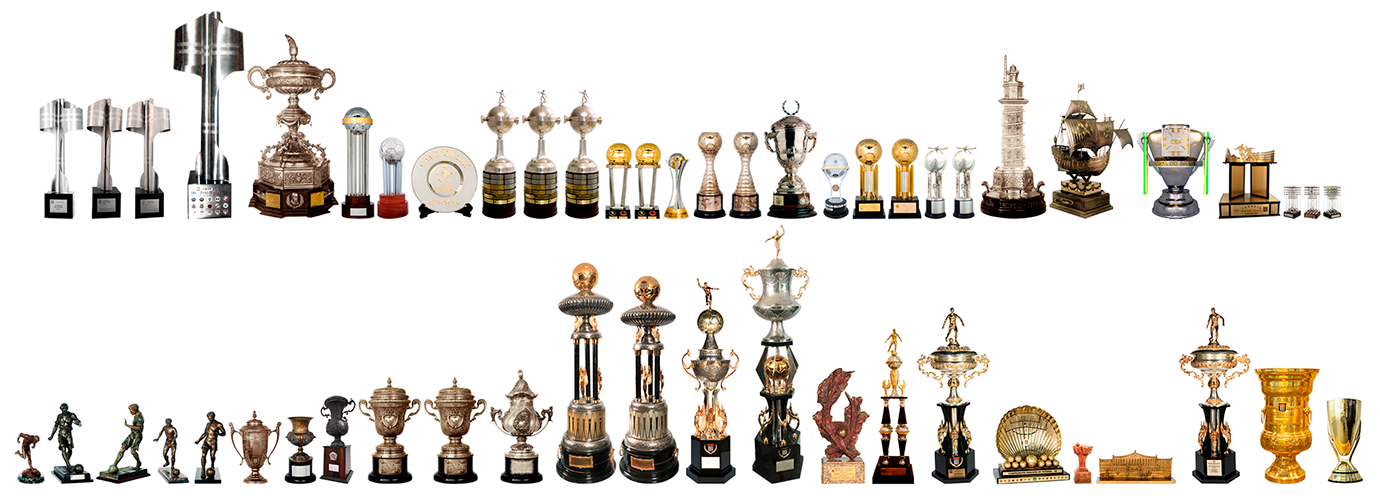




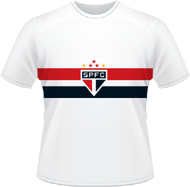
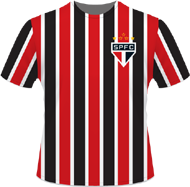

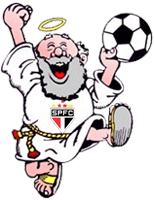
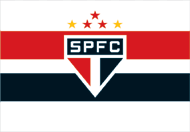
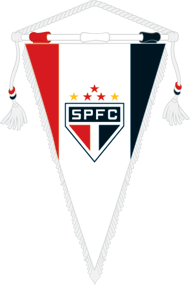



Se deus quiser, um dia ainda traduzo, hehe =)
ResponderExcluir